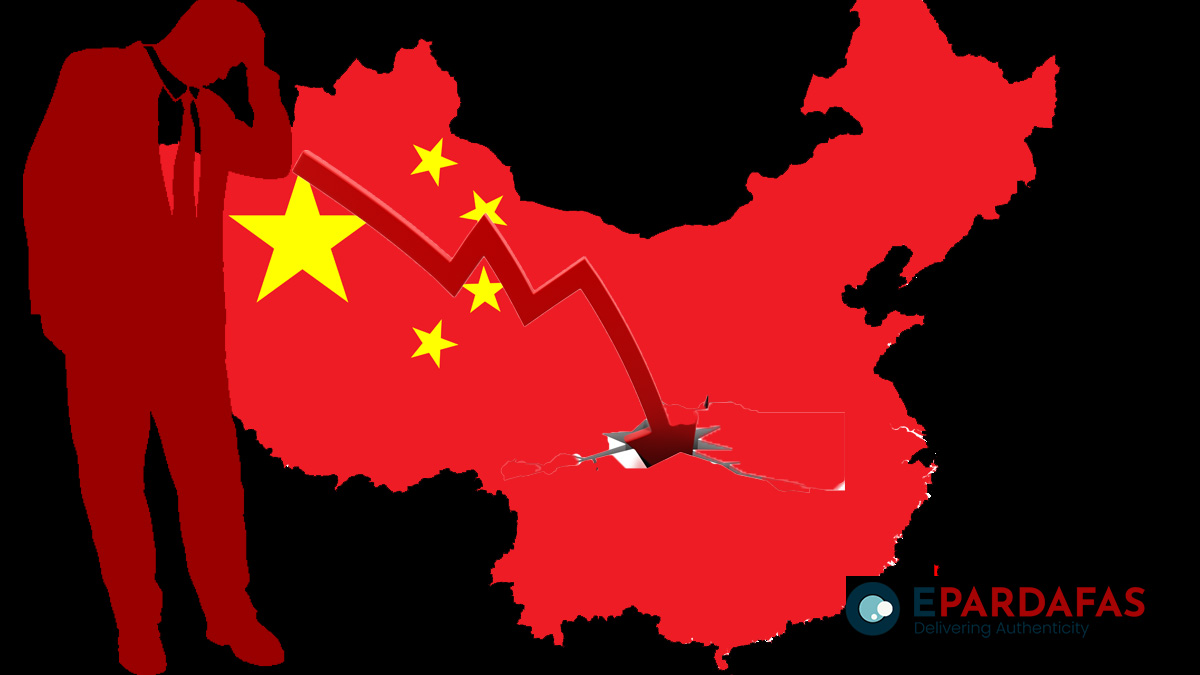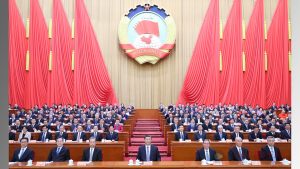
Chinese Economy Faltering
Despite the lifting of Covid restrictions, China’s economy continues to lose momentum. The expected recovery from stringent Covid-19 lockdown measures is not happening. Growth in retail sales, factory output and exports all decelerated in May.
China’s stock market yields on government bonds and the currency have all declined. Foreign direct investment (FDI) in the first quarter of 2023 fell by 34%. Housing remains in crisis, as property sales and investment in building new homes have declined significantly, which has hit incomes of local governments who depend significantly on selling land to property developers.
This has distressed many local city governments, like in Kunming and Wuhan, which have made all efforts in recent weeks to repay maturing debts.
China’s small and medium-size enterprises (SMEs), which are crucial for generating employment in the economy, are cutting staff and struggling to pay off debt. Only about 40% of SMEs are operating at full capacity. Already the youth jobless rate among the 16-24 age group hit a record high of 20.8% in May, indicating that 1 out of every 5 youth is unemployed.
The country’s factory activity has fallen due to weak domestic and global demand. A recent report by the National Bureau of Statistics (NBS) of China showed that profits of Chinese industries fell by 20.6% during the January-April period as compared to last year.
China’s benchmark stock index is among the worst performers in Asia this year due to weaker RMB, property debt woes and overall economic growth and geopolitical tensions. The CSI 300 index, which measures the largest companies listed in Shanghaiand Shenzhen, has fallen by 5.29% since April and has erased all of its gains seen earlier in the year. On June 21, CSI 300 Index closed down by 1.5%, the biggest daily fall since April 21.
Warning of further headwinds for the Chinese economy, Goldman Sachs downgraded its growth forecast for 2023 to 5.4% from 6%. It warned that the country’s growth outlook would be hampered by waning reopening boost, medium-term demographic challenges, property downturn, local government debt problems and geopolitical tensions.
Reluctance among private firms to invest and consumers to spend would jeopardize any policy easing by the Chinese authorities. Private investment has actually declined so far this year compared with 2022. On the other hand, channeling more credit to state firms and infrastructure projects could fuel bad debt risks in the banking sector.
Geopolitical tensions are also likely to become impediments for economic development in China. Rising tensions with the US, threat of a conflict over Taiwan, and the government’s focus on national security at the expense of economic development will likely become obstacles for economic revival.
Fearing a further economic deceleration in the near term, several prominent state media like China Securities Journal, Shanghai Securities News and Securities Times, and top government advisers have called on the Chinese policymakers for more economic stimulus. However, any stimulus measures are only likely to come after the July meeting of the Communist Party’s Politburo, where the economic policy will be discussed.
















Comments